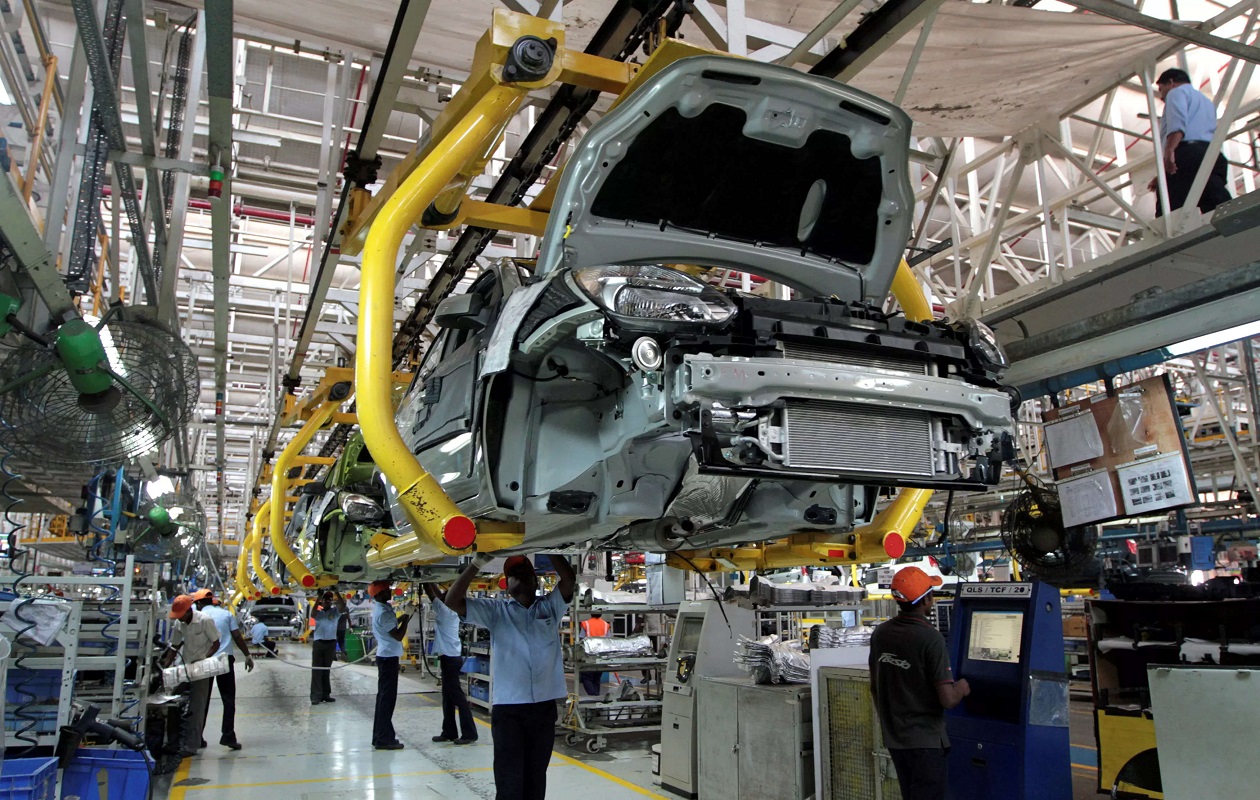Schedule a Call Back
Under PLI scheme at least six of eight sectors to switch to quarterly disbursals
 Industry News
Industry News- Jun 29,24

Related Stories

Atmanirbhar by Design: Route to India’s Manufacturing Renaissance
For the success of Viksit Bharat 2047, the capital-goods sector needs to grow by tenfold from present Rs 5.5 trillion to Rs 60 trillion within two decades. Yogesh Pandit, Director of Product Acceler..
Read more
BonV Aero Advances Dual-Use eVTOLs for Defence and Disaster Relief Sectors
BonV Aero’s indigenous UAVs support both the Indian Army and emergency services, showcasing their utility during flash floods in Sikkim and operations along the LAC.
Read more
How AI is Revolutionising Manufacturing
AI in manufacturing goes beyond automation as it enables better decision making. While globally, large enterprises are currently leading the adoption curve, India’s real test lies in how well it c..
Read more

















